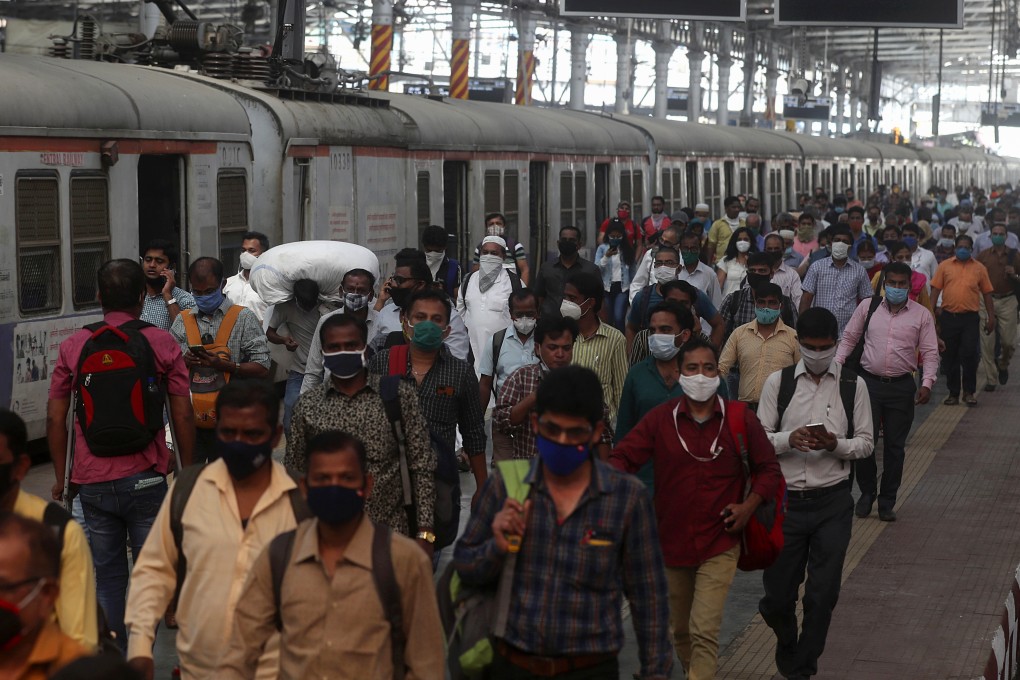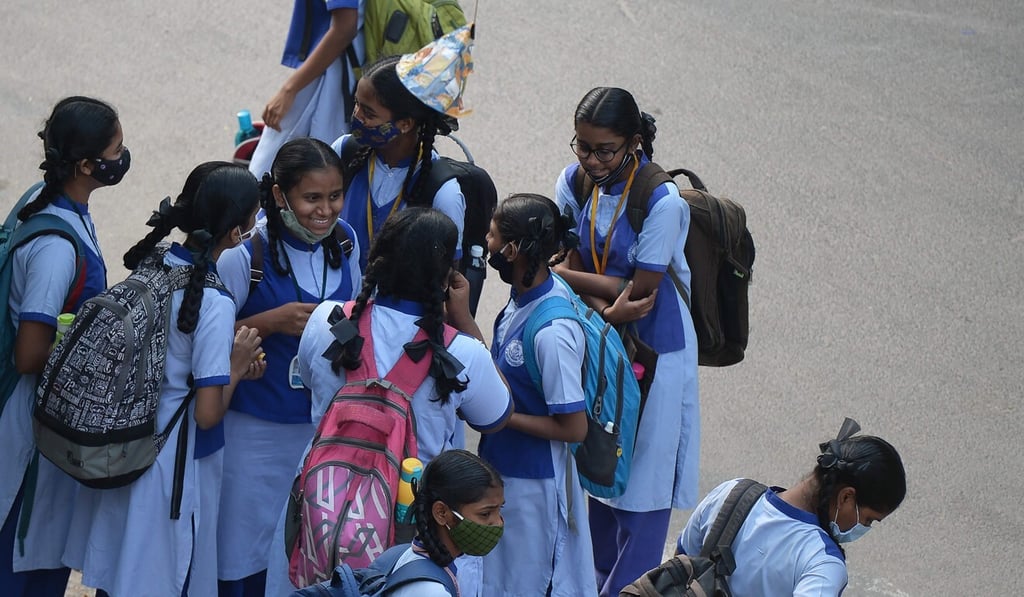Does India really have a handle on the coronavirus, after all the dire predictions?
- While the country remains the second-worst-affected nation in terms of absolute infection numbers, its new cases per capita have slowed to well below the US and Britain
- A year after its first reported case, some hospitals in New Delhi have no Covid-19 patients, and normality is prevailing – though Kerala and Maharashtra states are battling a surge

Students are returning in batches to universities, and some classes in schools have begun again. Cinemas, with protocols in place, reopened on Monday at full capacity. Wedding planners, hung out to dry for a year, have swung back into action. Flights to most parts of the country are full.
Across the country, there is a prevailing and unmistakable feeling of normality. The figures say it all – the peak of the pandemic was from September 14-20, when the country recorded its highest weekly death toll of 8,175 deaths, but the last week of January saw the weekly death toll fall to fewer than 1,000.
On Sunday, India registered some 11,000 fresh cases in 24 hours. According to the Health Ministry, no case has been reported in 146 of the 739 districts for more than a week.
“With caution, I would say that the pandemic is under control,” said Professor Dileep Mavalankar, director of the Indian Institute of Public Health in Gandhinagar, the state capital of Gujarat. “It is now restricted to a few areas. Out of over 700 districts, 50 account for 60 per cent of cases and deaths, so it is on the way out, but its distribution is very uneven.”

For those Indians who were irrationally and unscientifically unconcerned with the coronavirus, even as it wreaked havoc and death across the world, the latest figures are seen as a sort of vindication.